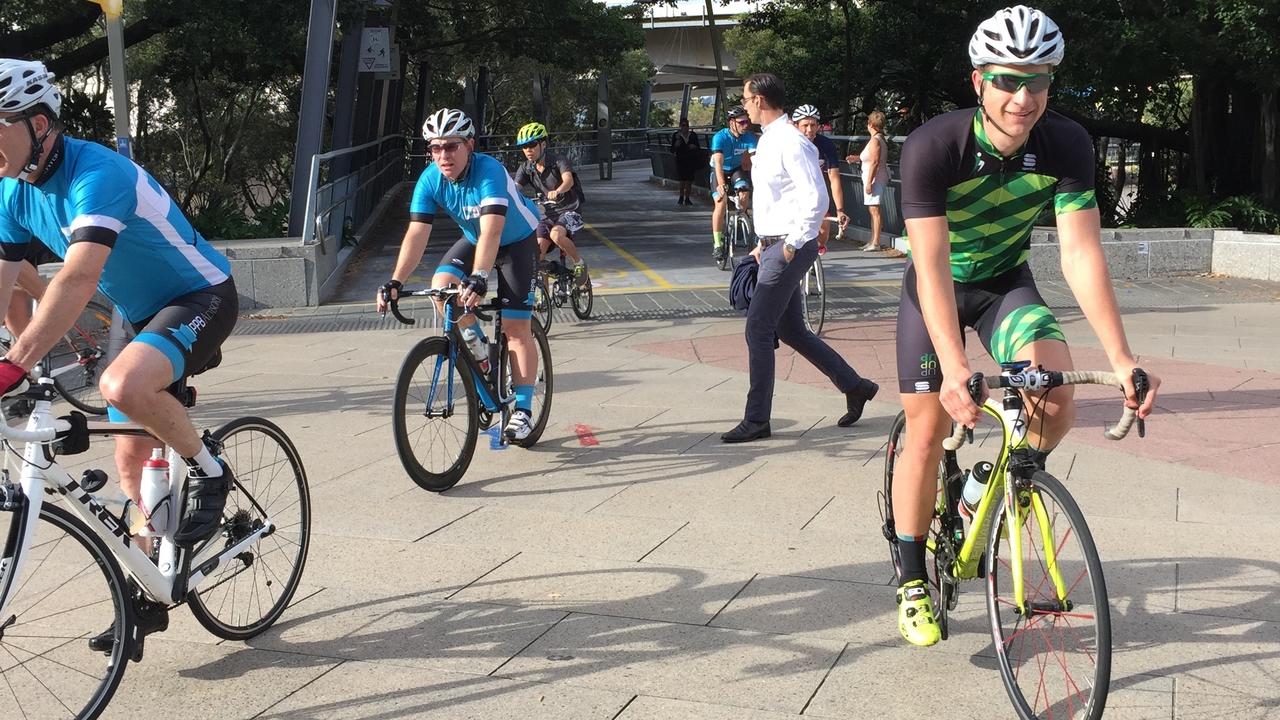Training Quality over Quantity

Focusing on quality over quantity is not a new concept but it is a rather good one, particularly when we hone in on training and racing agendas encompassed within the parameters of your life and work agendas.
Here’s a quick maths addition to start you thinking:
Total hours in the day: 24
Hours Sleep: 8-10
Time to shower, prepare for day: 1
Transportation to work and home: 1-2
Work Hours: 8
Meal times: 3
Time to sit/relax/catch up with family/kids sport etc.: 1-2
Leftover hours to train within 24 hours window: 0-2 hours, possibly more if you choose to condense on the above life tasks…
What we essentially want to imply here is that the time you have leftover to train during the week (i.e. 0-2 hours per day), should be spent very wisely and this is where the concept of quality over quantity comes in.
If you don’t have a lot of time you really need to focus on the specific areas of training that will give you the greatest benefit and reward in the long run.
A lot of athletes we look after operate within the above time parameters, and thus their weekday training encompasses more shorter sharper efforts, exercises and sessions, leaving the longer aerobic based rides and events (where possible) until the weekend.
The weekend is where larger amounts of time windows open up for not only training, but also recovery...
Don't forget recovery... keep in mind that hard sessions require substantial recovery, so ensuring you’re able to maximise the recovery window takes careful planning and consideration...
What you also need to take into consideration when planning recovery is the overall fatigue that you’ll acquire from the general work week tasks (outside of physical training sessions) - and for a lot of people, this includes mental fatigue.
So how to plan and succeed you ask?
Good question…
As a first step we generally have our athletes grab their diaries and map out their week (popping in the non-negotiable areas such as work, meals, sleep and family first).
Once you have a general idea of the remaining hours left on each day of the week, mark out the days that allow you to have greater flexibility to train (and recover)...
E.g.
Monday: 30 mins to train (Short)
Tuesday: 2 hours to train (Long)
Wednesday: No time to train
Thursday: 1 hour to train (Medium)
Friday: 1 Hour to train (Medium)
Saturday: 4 Hours to train (Long)
Sunday: No time to train
…. and so forth
Once you have an idea of the amount of time you have on each day to focus on training, work out what your priority areas of training are and list them.
Example: Short Term Training Objectives
- Increase Functional Threshold Power
- Improve Pedalling Efficiency
- Improve Skill Acquisition in Specific Area (i.e. handling, cornering, tactics etc.)
Once you have listed your short term (or training phase) objectives, work out how you will plan to achieve your objectives (what will be contained within each training session) within the training cycle you’re planning (i.e. the time and phase of the season you’re working within).
You may choose to focus on a few areas within the one session to maximise the overall training effect, however, this is ultimately up to you and your coach to work out. If you do go down this path, make sure you still have a focus on achieving high quality efforts in the training that you do.
The sessions that require the most amount of work, and or, those that are of highest priority, should always be given priority within the week...
If you’re planning to complete a session that requires fresh legs (i.e. high speed work / neurologically demanding efforts) it’s not advisable to push this towards the end of the week or into a spot where fatigue accumulation from previous day/s training will impact on your ability to complete these sessions.
Planning is the key, focusing on quality efforts and sessions within time frames where you can balance and maximise your performance, fatigue, and general life commitments, you’ll be more likely to achieve your goals and stay on track with your training progression.
Feel free to leave us a few comments in the box below.

